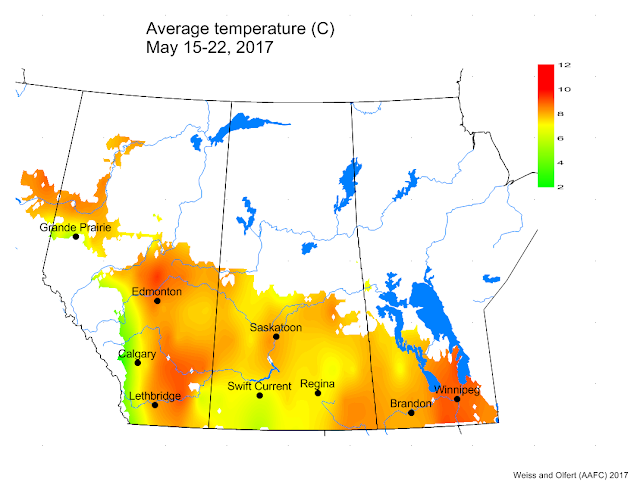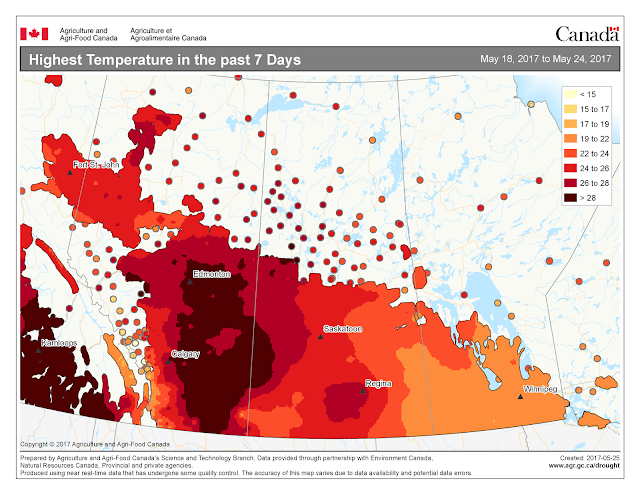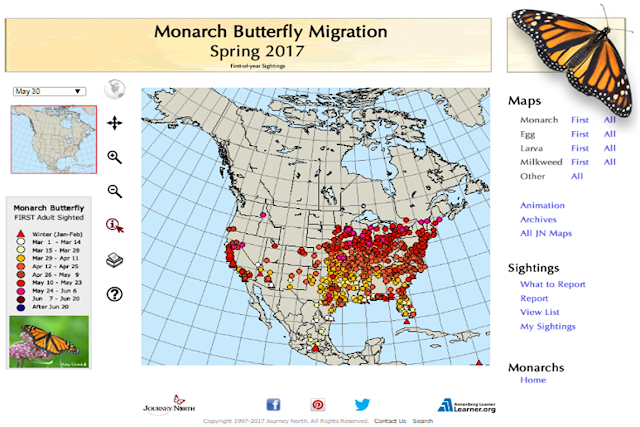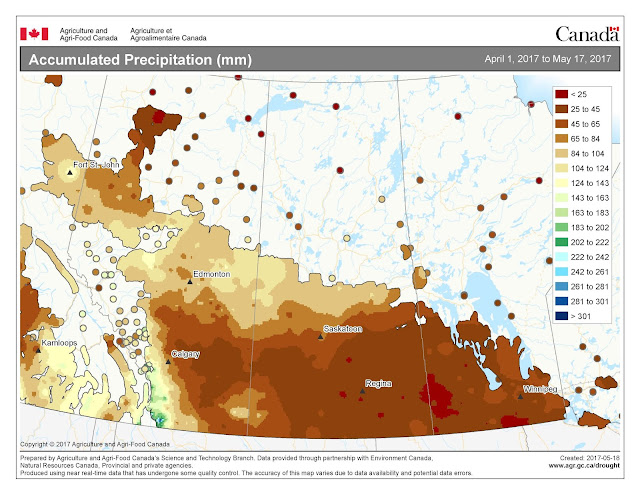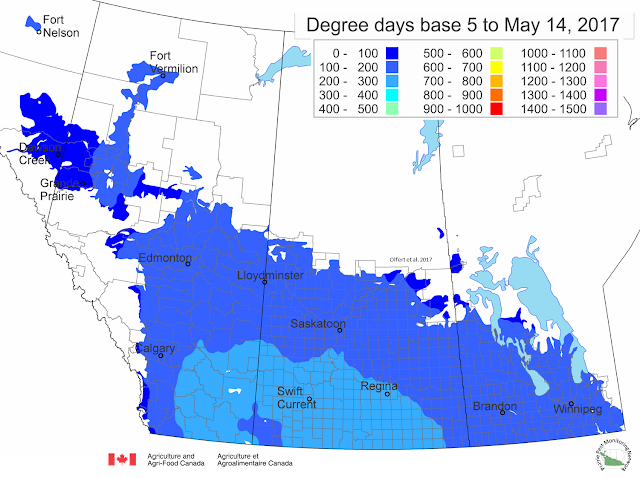This week's "
Insect of the Week" is the Pea Leaf Weevil. Larval hosts are field peas and faba beans. Adults can spread to other cultivated and wild legumes, such as alfalfa, beans and lentils. Each adult female lays up to
300 eggs in one summer! The eggs hatch in the soil near developing plants and larvae move to feed on nitrogen-fixing nodules. This results in partial or complete inhibition of nitrogen fixation by the plant, causing poor plant growth. Adults feed on leaves and growing points of seedlings, causing notches in leaf margins.
Adult, larval and egg stages overlap and all three can be present over most of the growing season. For more information about Pea Leaf Weevil risk in your area, see the
2017 Insect Risk Maps page. Also, we have posted a NEW
Pea Leaf Weevil monitoring protocol.
For more information on the pea leaf weevil, see the
Insect of the Week page.
 |
| Pea leaf weevil - adult, eggs (Mike Dolinski, MikeDolinsky@hotmail.com) |
Remember the NEW Cutworm Field Guide is free and downloadable in 2017!


